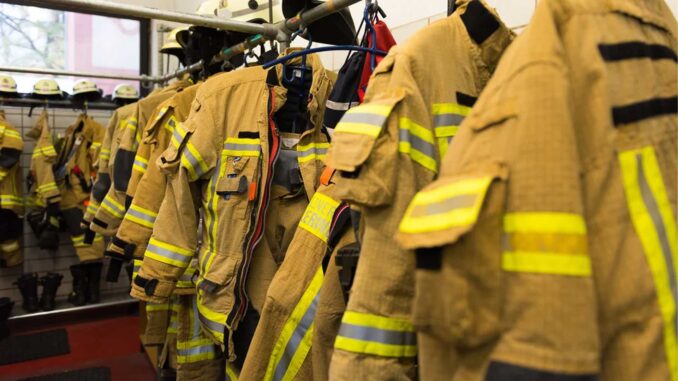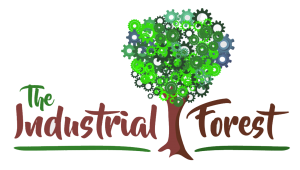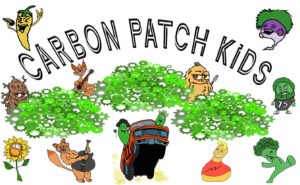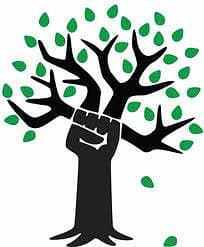
Fire resistant clothing is an essential component of safety for personnel in the oil and gas industry. It is designed to protect people from extreme heat, sparks, and other hazards.
Fire resistant clothing is a critical component in the prevention of fires and explosions in the workplace.
This article will explore the use of fire resistant clothing in the oil and gas industry, including the materials that are used in the clothing, the types of clothing available, and how they are used in the industry to protect workers.
Materials Used in Fire Resistant Clothing
The materials used in fire resistant clothing are designed to resist heat, sparks, and flame. These materials can include natural fibers such as cotton and wool, as well as synthetic fibers such as aramid, glass, and carbon.
Each of these materials have different levels of heat and flame resistance and are used depending on the specific needs of the user.
Cotton is a natural fiber that is often used in fire resistant clothing due to its ability to absorb moisture and provide a breathable environment for the wearer.
Cotton is also flame resistant and offers protection from heat and sparks. However, it is not as durable as other fabrics and is not suitable for extreme temperatures.
Wool is another natural fiber commonly used in fire resistant clothing.
Wool is flame resistant and can provide insulation and protection from extreme temperatures. It is also durable and can withstand abrasions and wear and tear.
Aramid is a synthetic fiber that is very heat and flame resistant. It is often used in fire resistant clothing due to its lightweight and breathable nature. It is also very durable and can withstand repeated use.
Glass fibers are another type of synthetic fiber that is used in fire resistant clothing. Glass fibers are very fire and heat resistant and can provide protection from sparks and extreme temperatures. They are also lightweight and breathable.
Carbon is a synthetic fiber that is commonly used in fire resistant clothing. Carbon is highly heat and flame resistant and can provide protection from extreme temperatures and sparks.
Types of Fire Resistant Clothing
There are several types of fire resistant clothing that are used in the oil and gas industry. These include coveralls, jackets, pants, shirts, and boots. Coveralls are designed to provide the wearer with full body protection from heat and flame.
They are usually made of flame resistant fabrics such as aramid or glass and are often worn over other protective clothing.
Jackets and pants are designed to provide protection from heat and sparks. They are usually made of materials such as cotton or wool and can be worn over other protective clothing.
Shirts are designed to provide protection from sparks and heat. They are often made of flame resistant fabrics such as aramid or glass and can be worn over other protective clothing.
Boots are designed to provide protection from sparks, heat, and debris. They are usually made of leather or synthetic materials and are often worn over other protective clothing.
Uses of Fire Resistant Clothing in the Oil and Gas Industry
Fire resistant clothing is essential in the oil and gas industry due to the nature of the work and the potential for fires and explosions. It is used to protect workers from extreme heat, sparks, and other hazards.
Coveralls are often used in the oil and gas industry to provide protection from extreme temperatures, sparks, and debris. They are usually made of flame resistant fabrics such as aramid or glass and are often worn over other protective clothing.
Jackets and pants are often used in the oil and gas industry to provide protection from sparks and heat. They are usually made of materials such as cotton or wool and can be worn over other protective clothing.
Shirts are often used in the oil and gas industry to provide protection from sparks and heat. They are often made of flame resistant fabrics such as aramid or glass and can be worn over other protective clothing.
Boots are often used in the oil and gas industry to provide protection from sparks, heat, and debris. They are usually made of leather or synthetic materials and are often worn over other protective clothing.
Conclusion
Fire resistant clothing is essential in the oil and gas industry due to the potential for fires and explosions. It is designed to protect workers from extreme heat, sparks, and other hazards. The materials used in fire resistant clothing include natural fibers such as cotton and wool, as well as synthetic fibers such as aramid, glass, and carbon. There are several types of fire resistant clothing that are used in the oil and gas industry, including coveralls, jackets, pants, shirts, and boots. These types of clothing are essential in the prevention of fires and explosions in the workplace.
References
1. Fire Resistant Clothing. (2021). Retrieved from https://www.ul.com/solutions/fire-resistant-clothing
2. What is Fire Resistant Clothing? (2021). Retrieved from https://www.saf-t-gard.com/what-is-fire-resistant-clothing/
3. Fire Resistant Clothing: Understanding the Different Types and Materials. (2021). Retrieved from https://www.the-safety-blog.com/fire-resistant-clothing-understanding-the-different-types-and-materials/
4. Fire Resistant Clothing: What Is It and How Does It Work? (2021). Retrieved from https://www.bulwarkfr.com/blog/fire-resistant-clothing-what-is-it-and-how-does-it-work/
Submit your Article Ideas to The Crude Life! Email studio@thecrudelife.com
About The Crude Life
Award winning interviewer and broadcast journalist Jason Spiess and Content Correspondents engage with the industry’s best thinkers, writers, politicians, business leaders, scientists, entertainers, community leaders, cafe owners and other newsmakers in one-on-one interviews and round table discussions.
The Crude Life has been broadcasting on radio stations since 2012 and posts all updates and interviews on The Crude Life Social Media Network.
Everyday your story is being told by someone. Who is telling your story? Who are you telling your story to?
#thecrudelife promotes a culture of inclusion and respect through interviews, content creation, live events and partnerships that educate, enrich, and empower people to create a positive social environment for all, regardless of age, race, religion, sexual orientation, or physical or intellectual ability.
Sponsors, Music and Other Show Notes

Studio Sponsor: The Industrial Forest
The Industrial Forest is a network of environmentally minded and socially conscious businesses that are using industrial innovations to build a network of sustainable forests across the United States.
Weekly Sponsor: Stephen Heins, The Practical Environmentalist
Historically, Heins has been a writer on subjects ranging from broadband and the US electricity grid, to environmental, energy and regulatory topics.
Heins is also a vocal advocate of the Internet of Everything, free trade, and global issues affecting the third of our planet that still lives in abject poverty.
Heins is troubled by the Carbon Tax, Cap & Trade, Carbon Offsets and Carbon Credits, because he questions their efficacy in solving the climate problem, are too gamable by rent seekers, and are fraught with unreliable accounting.
Heins worries that climate and other environmental reporting in the US and Europe has become too politicized, ignores the essential role carbon-based energy continues to play in the lives of billions, demonizes the promise and practicality of Nuclear Energy and cheerleads for renewable energy sources that cannot solve the real world problems of scarcity and poverty.
Look at what’s happened to me.
I can’t believe it myself.
Suddenly I’m down at the bottom of the world.
It should have been somebody else
Believe it or not, I’m walking on air.
I never thought I could feel so free-e-e.
Barterin’ away with some wings at the fair
Who could it be?
Believe it or not it’s just me
The Last American Entrepreneur
Click here of The Last American Entrepreneur’s website

Studio Email and Inbox Sponsor: The Carbon Patch Kids
The Carbon Patch Kids are a Content Story Series targeted for Children of All Ages! In the world of the Carbon Patch Kids , all life matters and has a purpose. Even the bugs, slugs, weeds and voles.
The Carbon Patch Kids love adventures and playing together. This interaction often finds them encountering emotional experiences that can leave them confused, scared or even too excited to think clearly!
Often times, with the help of their companions, the Carbon Patch Kids can reach a solution to their struggle. Sometimes the Carbon Patch Kids have to reach down deep inside and believe in their own special gift in order to grow.
The caretakers of Carbon Patch Kids do their best to plant seeds in each of the Carbon Patch Kids so they can approach life’s problems with a non-aggressive, peaceful and neighborly solution.
Carbon Patch Kids live, work and play in The Industrial Forest.
Click here for The CarbonPatchKids’ website

Featured Music: Alma Cook
Click here for Alma Cook’s music website
Click here for Alma Cook’s day job – Cook Compliance Solutions
For guest, band or show topic requests, email studio@thecrudelife.com
Spread the word. Support the industry. Share the energy.





